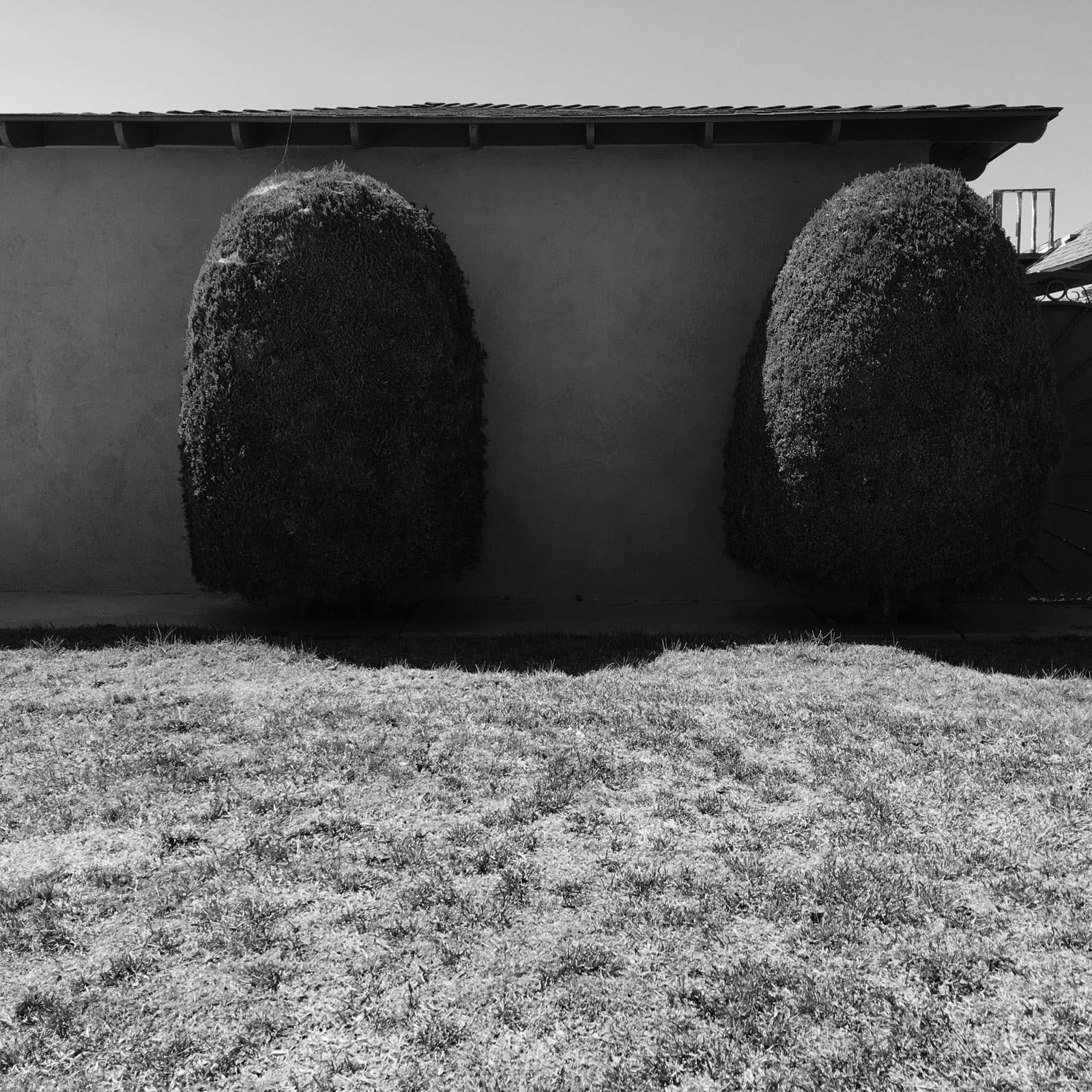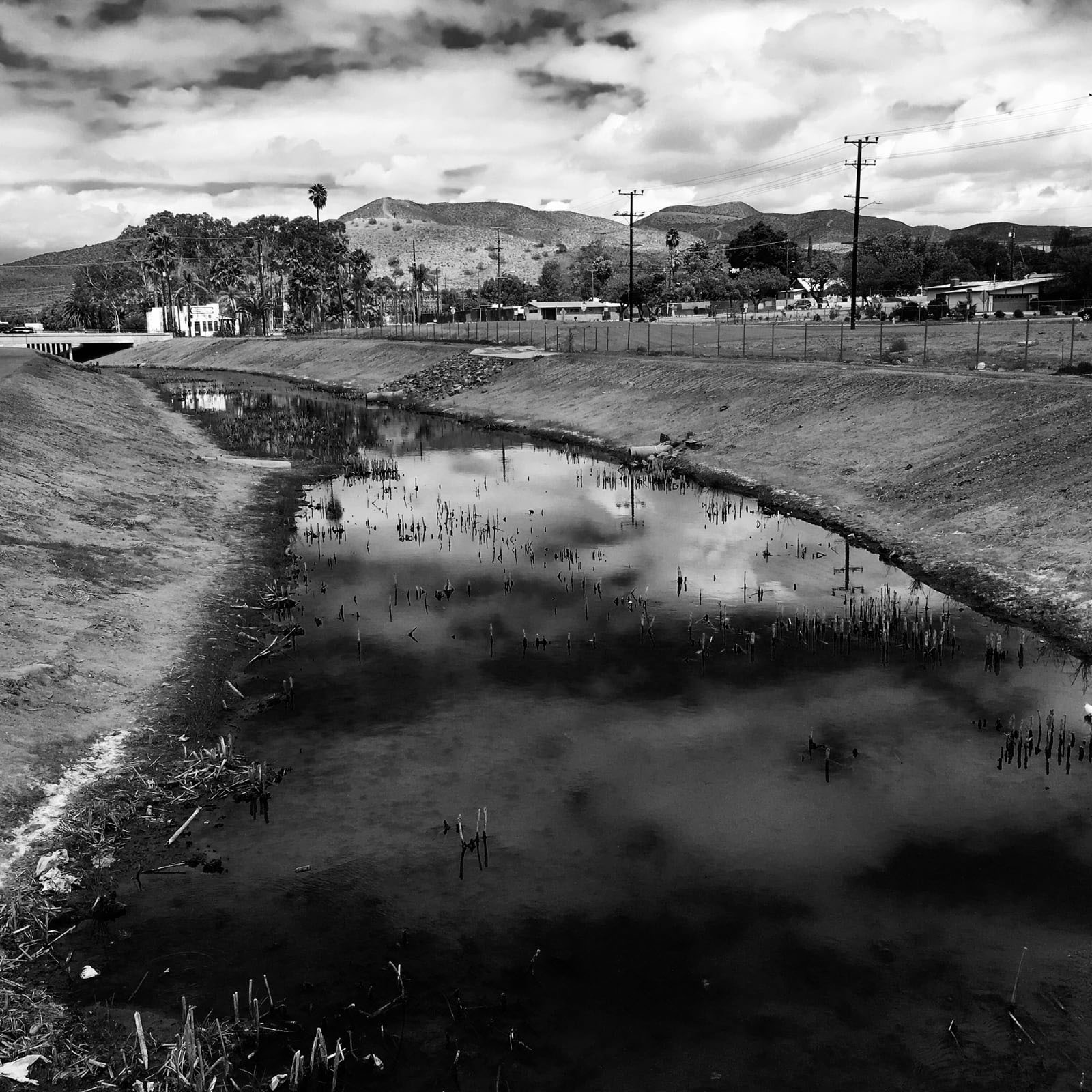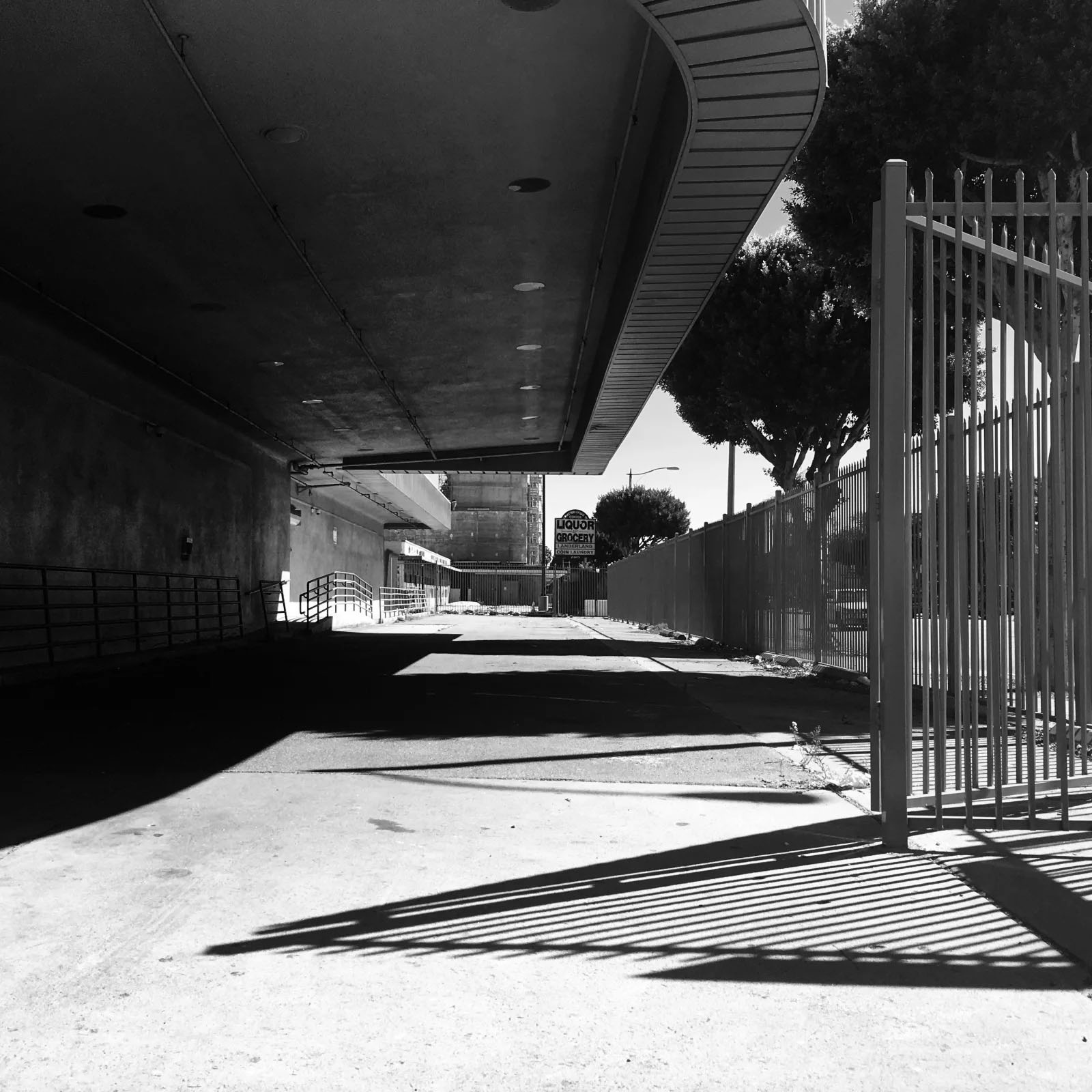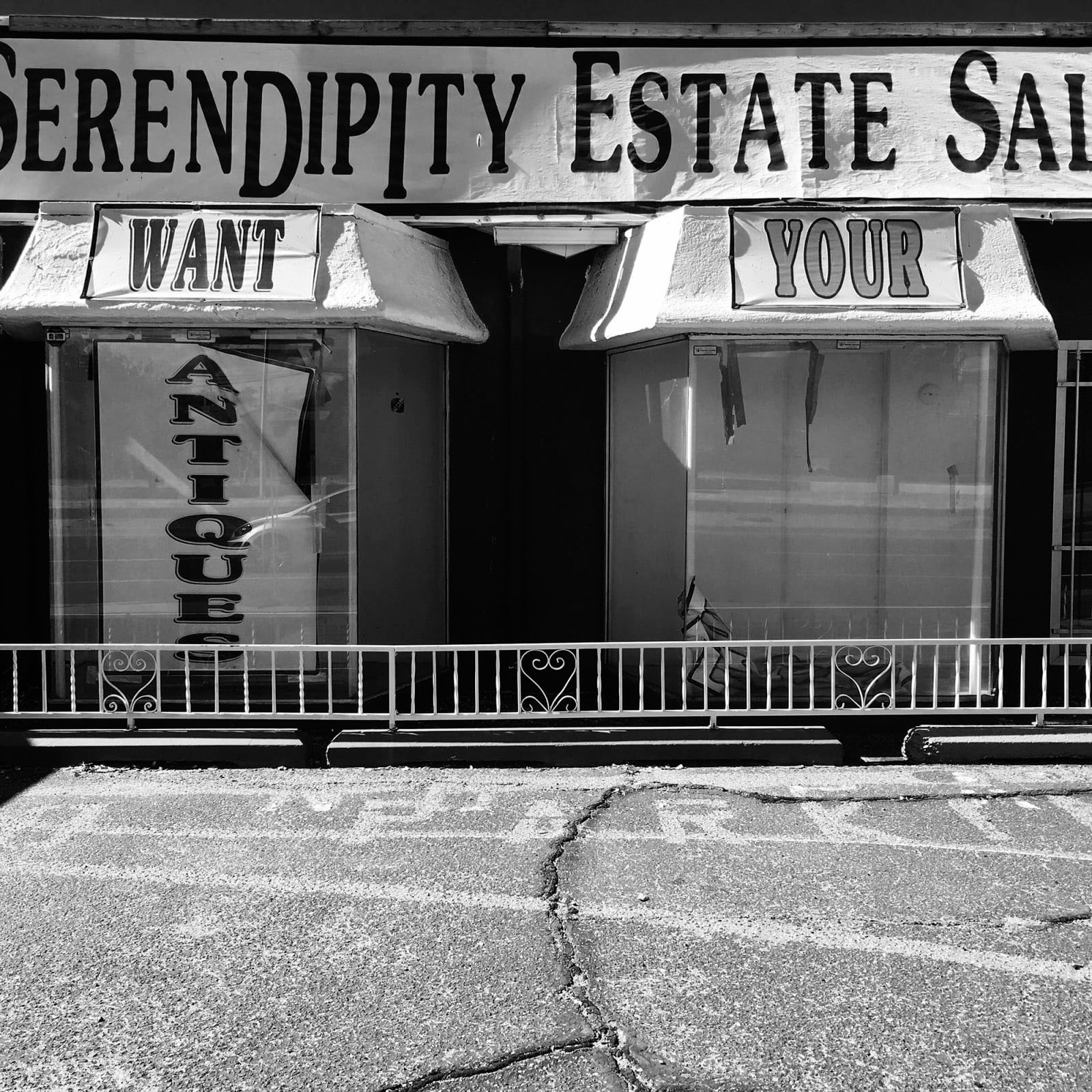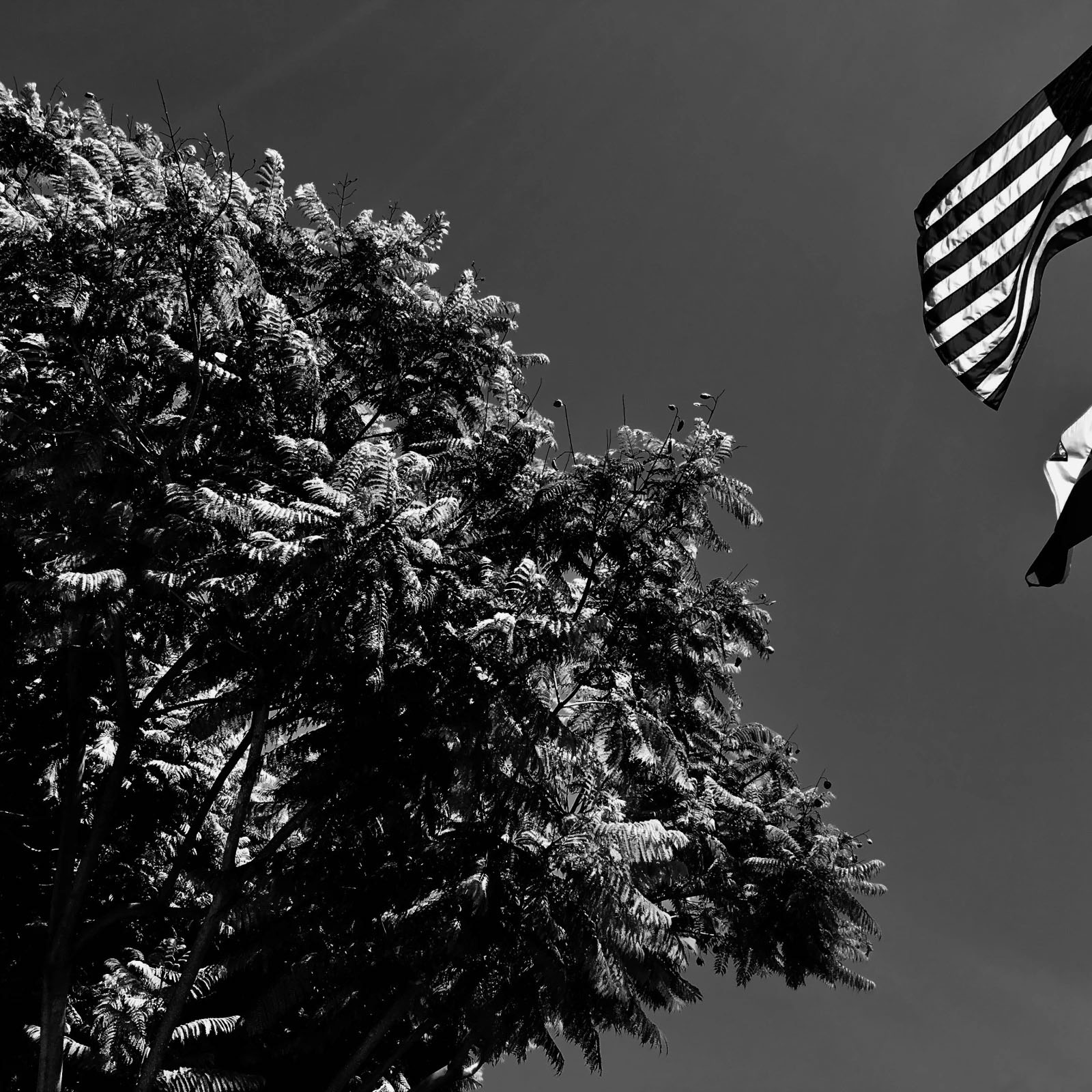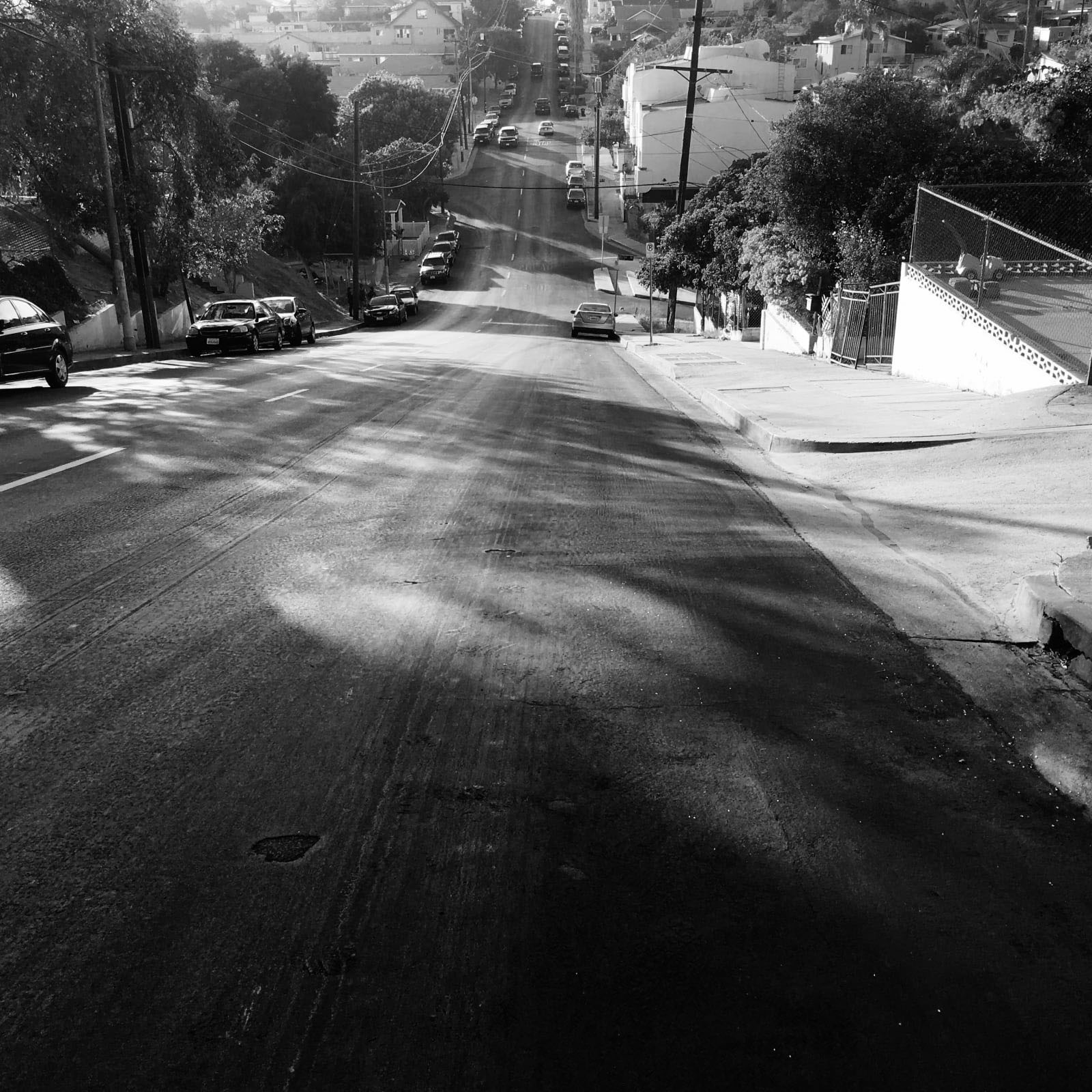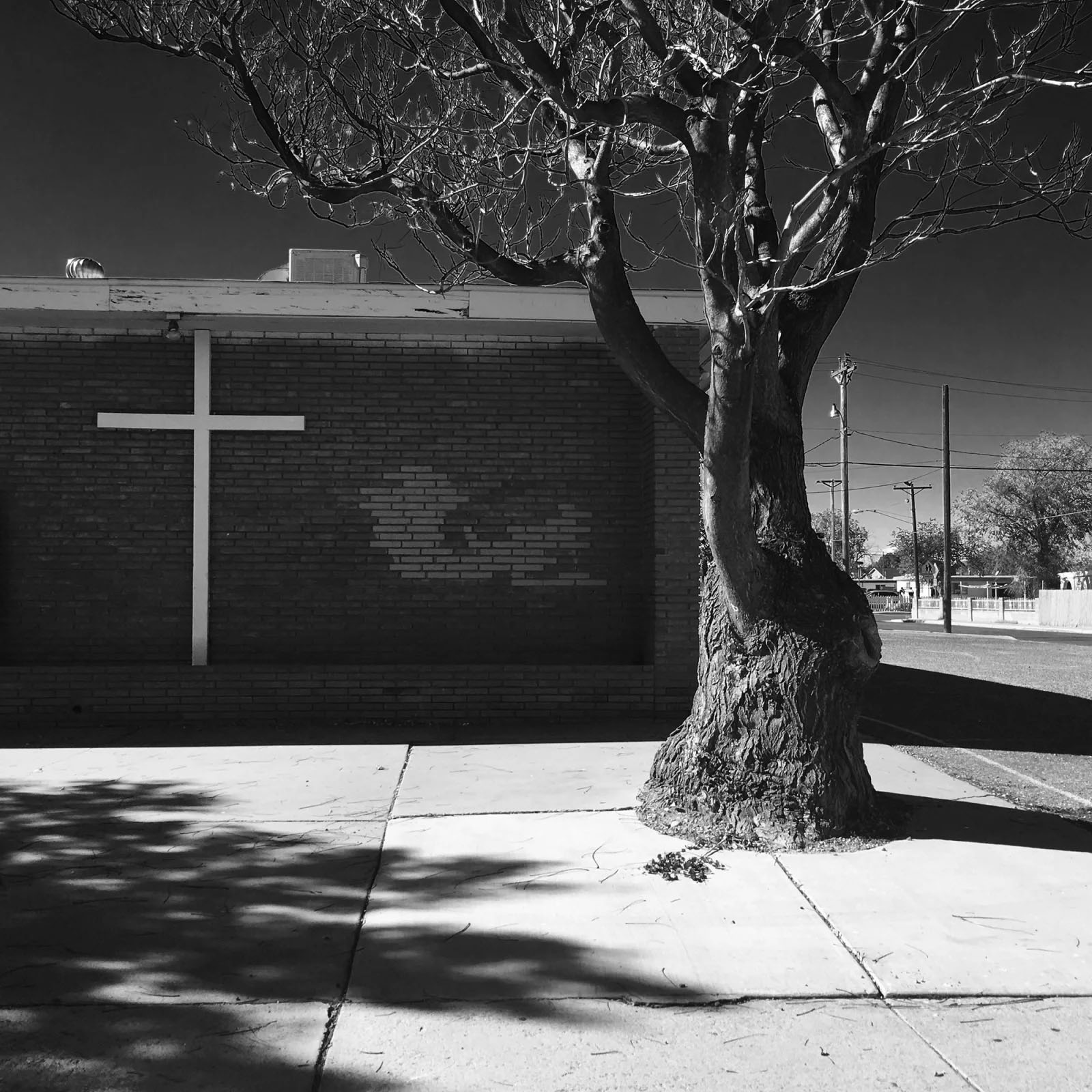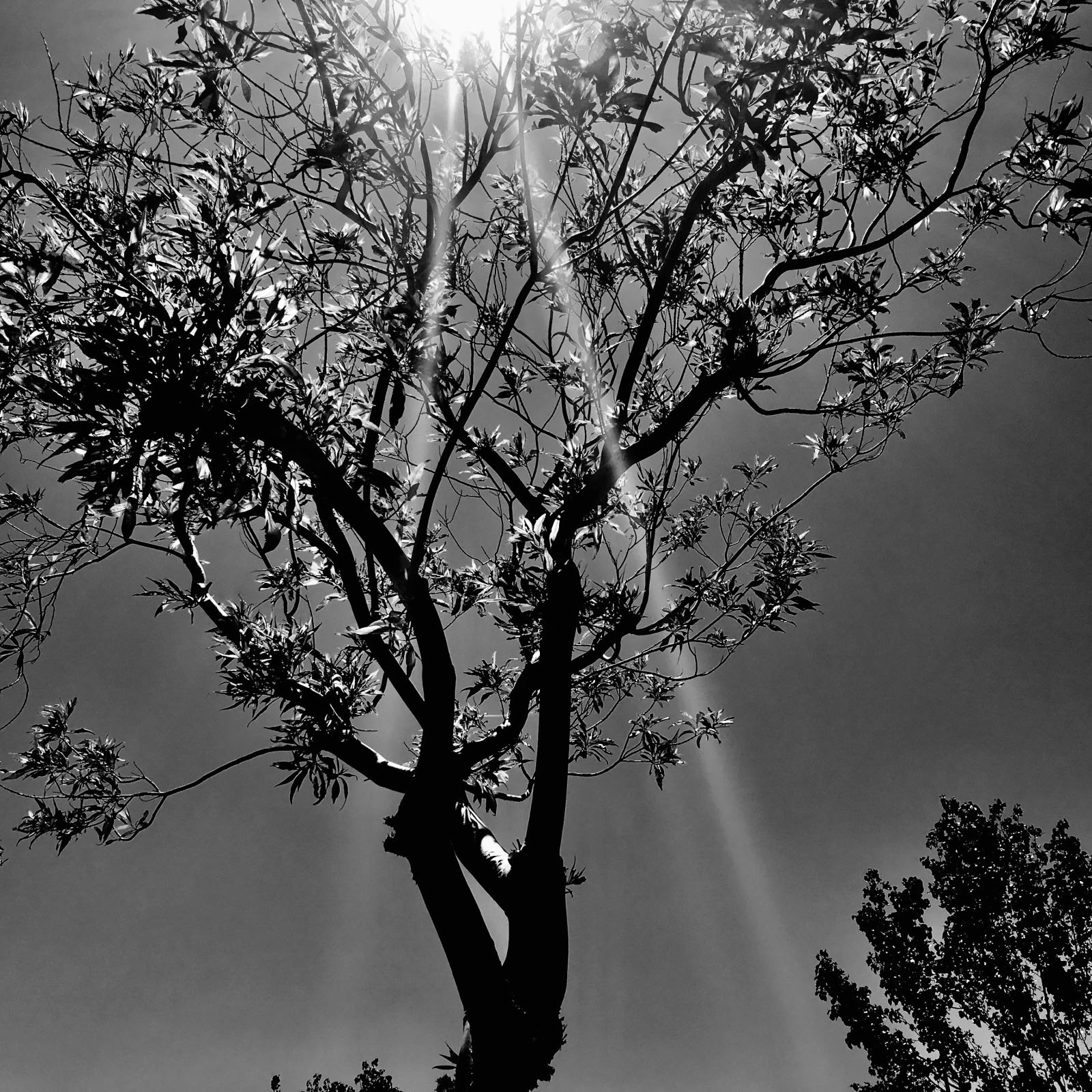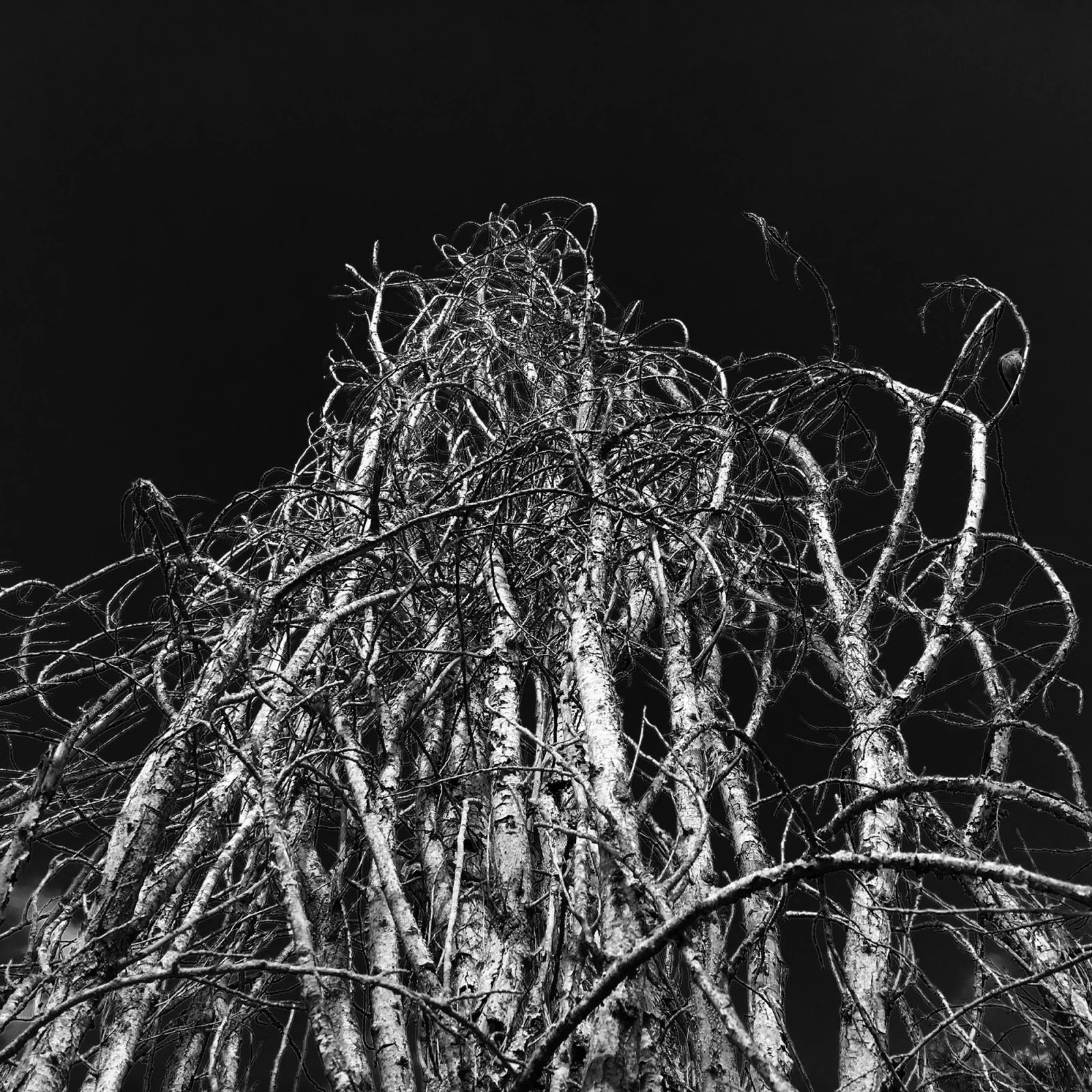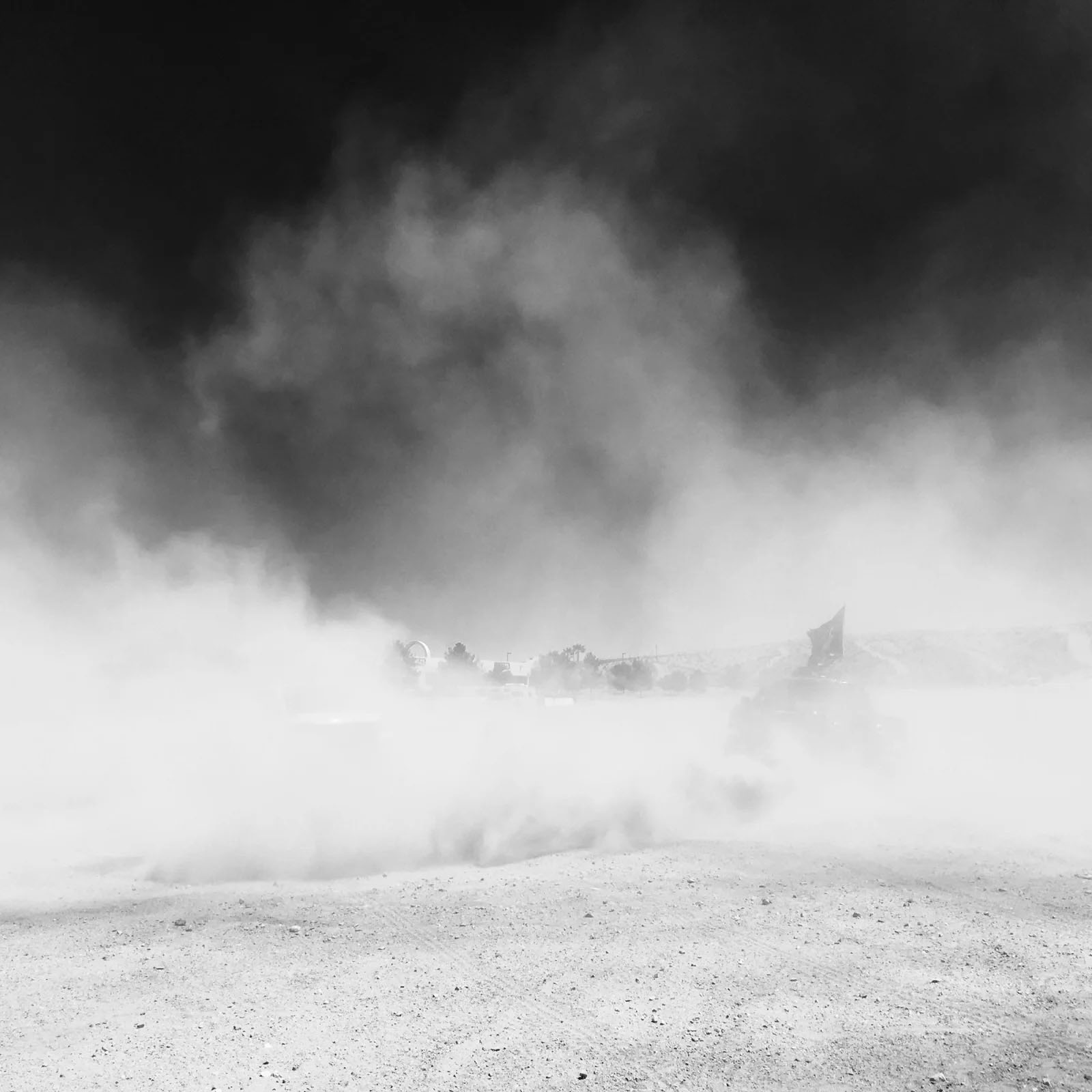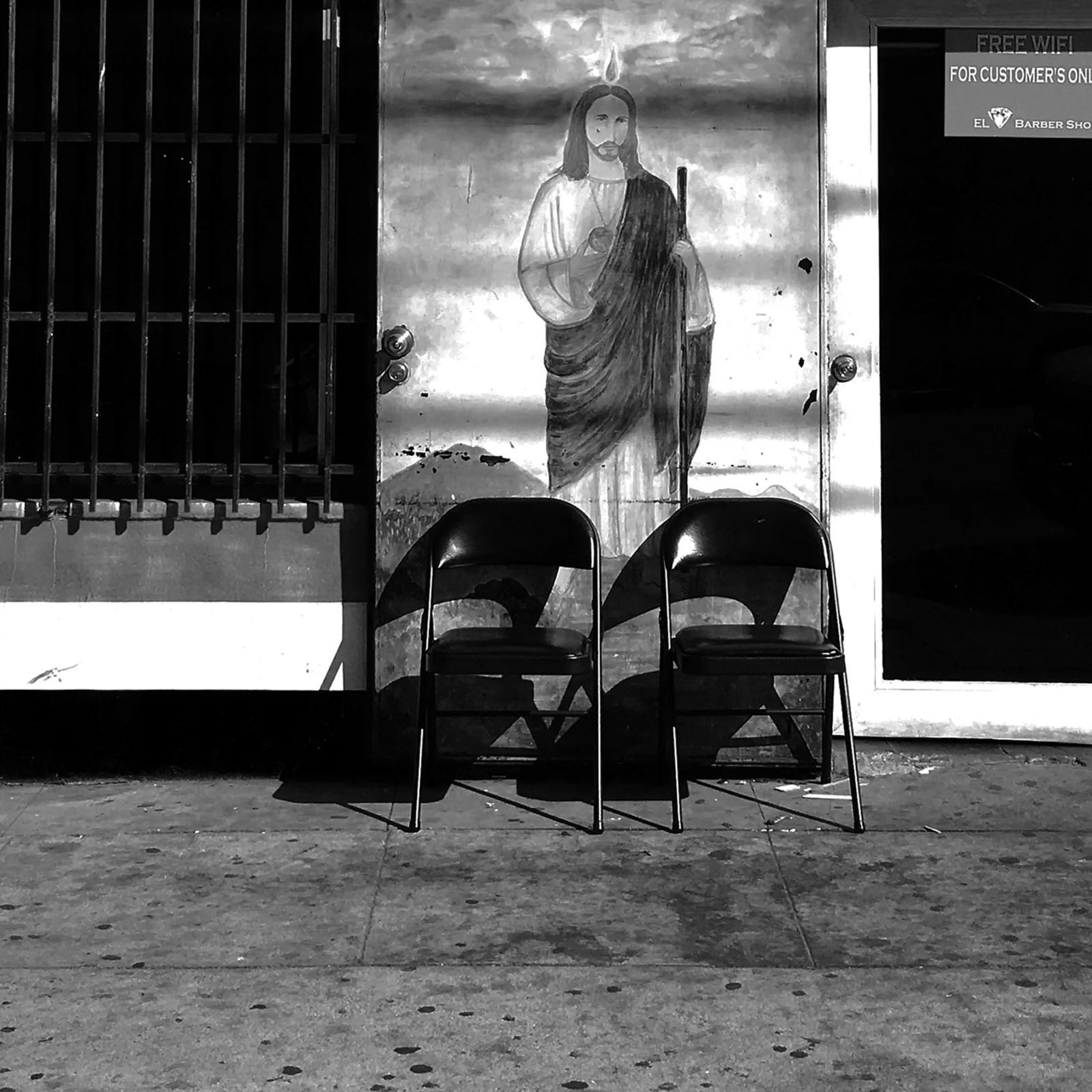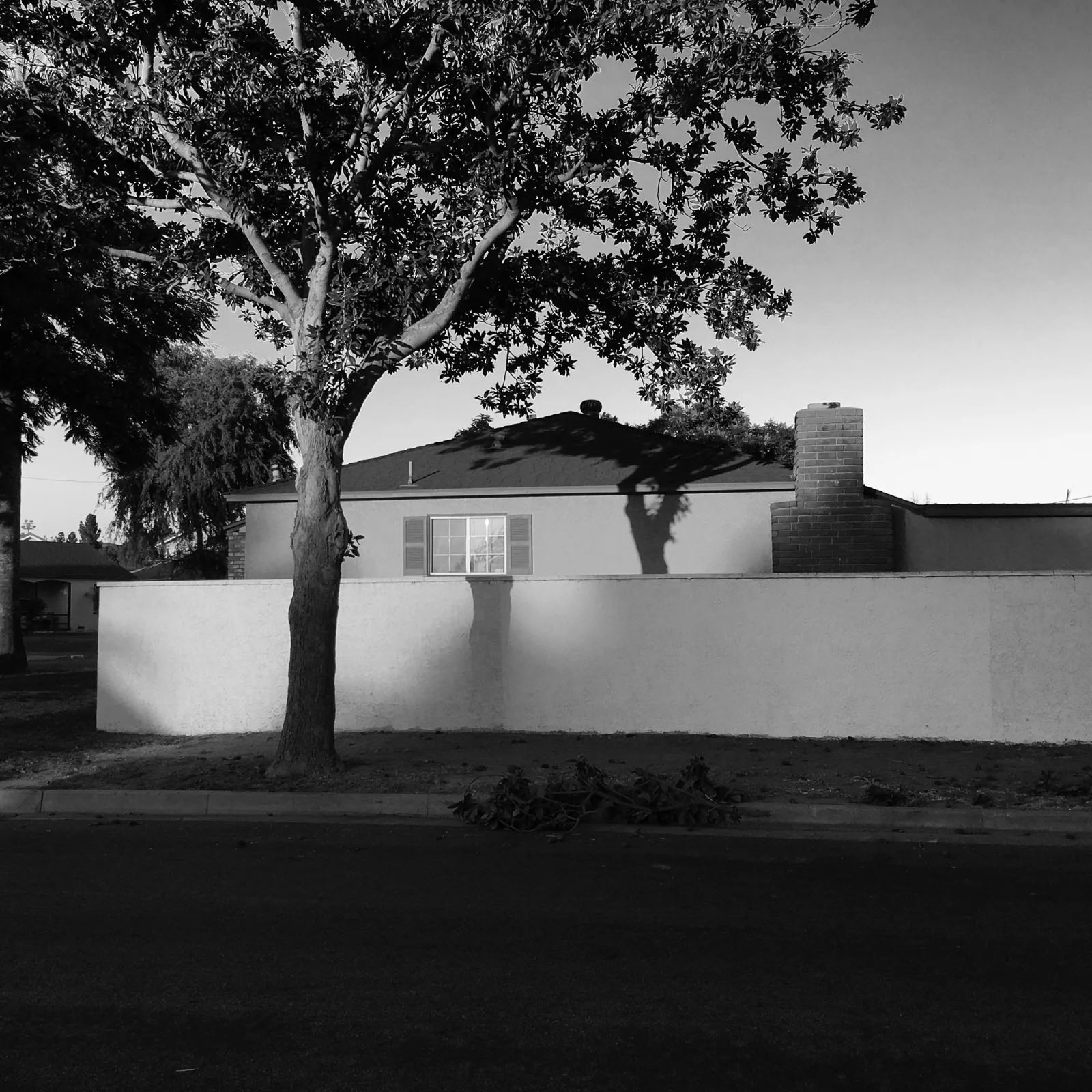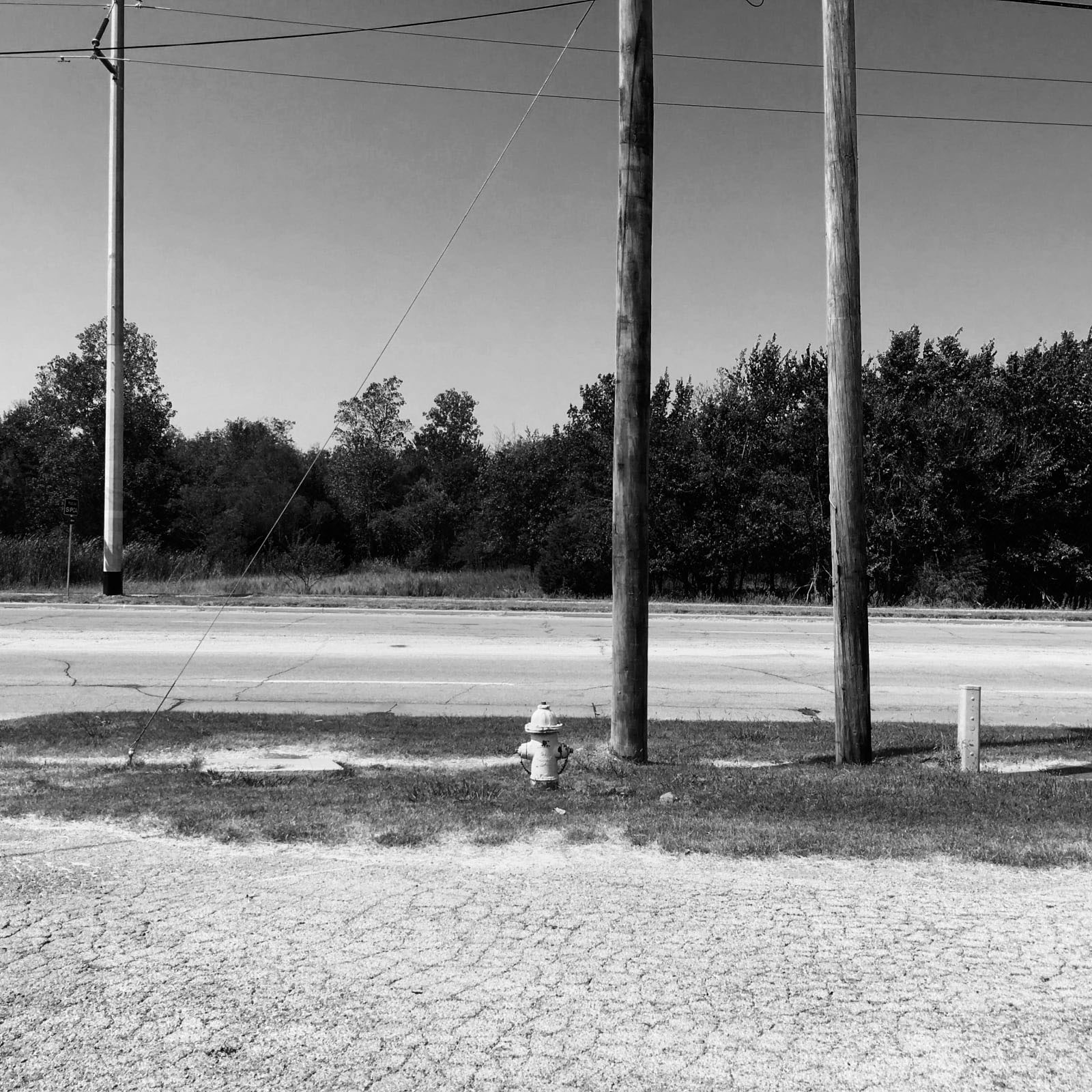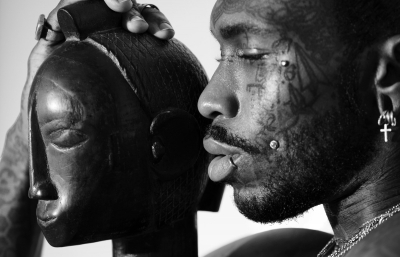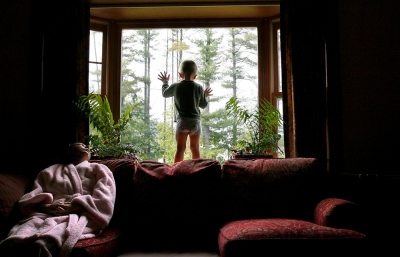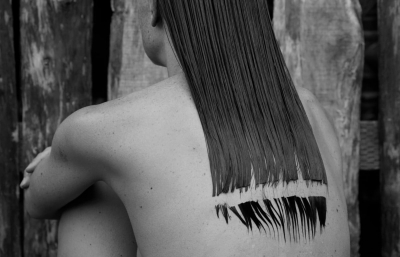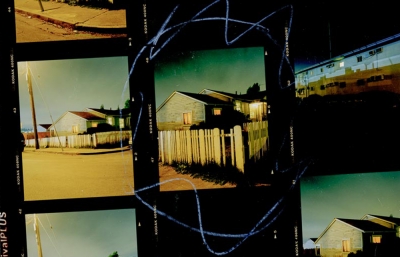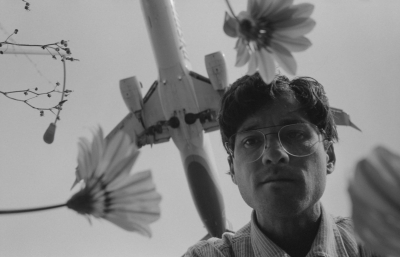In the US, approximately 1000 people continue to die each year in encounters with police. More than any other industrialised nation. Diana Matar's My America, on view at Purdy Hicks Gallery, is an archive of and memorial to victims of these encounters. The photographs, taken at locations where citizens were shot or tasered by law enforcement officers, create a quiet but chilling critique of the contemporary United States.
Working within the genres of landscape and documentary, the photographs are of city parks, empty fields, storefronts, front lawns, mobile homes, and roadside highways. By focusing on these banal landscapes, Matar declares that what happened at the locations matters and questions the link between landscape and memory.
My America took nearly eight years to complete. Previously, Matar, an American living in London, spent years documenting sites of state-sponsored violence in North Africa, Eastern and Southern Europe. In late 2015 she turned her lens on her own country and began researching who, how, and where citizens were dying in police encounters in the US. She created detailed maps in her studio and compiled information about each victim who died in 2015 and 2016.
A small grant from the Ford Foundation enabled her to make six road trips over the next four years. She photographed in states with the highest numbers and/or highest rates per capita of lethal encounters—Texas, California, Oklahoma, and New Mexico—traveling alone on highways, back roads, and city streets to reveal something beyond statistics.
After Matar finished photographing, she spent two additional years researching the legal outcome of each case. The result is a book My America, published by GOST designed with respect to the victims but also rich with information about the structural reasons why these events continue to occur at such a high rate.

